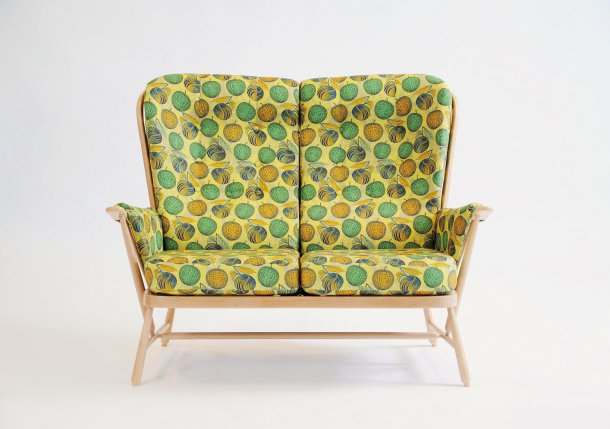Design de vários países africanos a desafiar estereótipos
Published30 Jul 2015

Image Credit: Edward Tadros, ercol
O livro Contemporary Design Africa, de Tapiwa Matsinde, mostra peças de design de vários países africanos, afirmando uma visão do continente através de formas de criatividade que supera as ideias estereotipadas de uma estética exclusivamente tribal, ancestral e homogénea.
Tapiwa Matsinde’s book, Contemporary Design Africa, challenges perceptions of African creativity by focusing on design and innovation on the continent. Tapiwa Matsinde is a British-Zimbabwean designer, creative business consultant, blogger and writer. Her book is attempting to push back against the “single story” of African art. The aim of the book is to challenge the standard imagery of “wooden statues, masks, animal prints, tribal markings, safari chic, ebony and ivory, and earth tones,”revealing a fluid, dynamic and unpredictable creative economy, in places as diverse as Nigeria, Zimbabwe, South Africa, Senegal, Burkina Faso and Mali. Inspired by Chimamanda Ngozi Adichie’s popular TED talk, Matsinde’s volume celebrates novel approaches to design throughout the continent.
Through photographs and text, Contemporary Design Africa considers a selection of intricate, colourful and sustainably produced decorative objects. Matsinde focuses especially on basketry, ceramics, metalwork, woodcarving, weaving and textiles, fashioned from materials such as beads, raffia, shells, embroidered textiles, leather, ivory, metals and bamboo, among others. Aside from extolling the objects, Matsinde emphasizes the originality and imagination of African artisans. To cite one example, she considers textiles by Henoc Maketo of Design Maketo, which draw inspiration from the multi-layered motifs and effervescent colour palettes of the Democratic Republic of Congo. Maketo specializes in screen-printing and uses old and new print techniques to produce his designs. In 2011 he won the prestigious New Design Britain, Fabrics Award at Interiors Birmingham.
